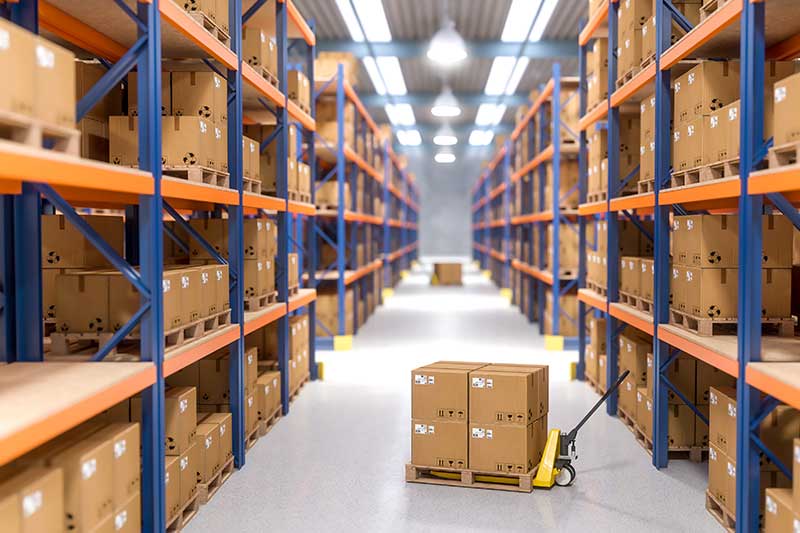How Did E-Commerce Transformed The Warehousing Industry?

In today’s economy, e-commerce platforms have made a huge impact on how consumers shop across the globe. Individuals can now do their shopping in the comfort of their own homes, with just smartphone, tablet, laptop, or desktop. With that said, the distribution and warehousing industry has found it necessary to adapt to these new trends. In this post, we will look into several components of the industry that have been transformed by e-commerce.
Lead Times
In the past, logistical hubs were prime locations. Due to the surge in online shopping, and the fact that most consumers want their orders shipped in one to two days, these changes have made it even more important for warehouse facilities to be situated in or closer to large cities. After all, this is what customers have come to expect from e-commerce sites.
Single Products Vs. Pallets
Businesses used to ship products to other businesses via flat rack containers. These transportation mediums were especially suitable for bulky cargo that required loading from the sides or the top. Today’s retail stores, however, are losing popularity. This means that the shipping is now done directly to the consumers’ homes and makes for unpredictable shipping patterns. Now, warehousing companies need to reevaluate their picking and shipping processes, materials, technologies, as well as methods of handling storage and managing inventory.
Buying Patterns and Order Volumes
Aside from holiday season rushes, past sales patterns were more or less predictable and tended to remain relatively stable throughout the year. Because of this level of predictability, it was convenient for warehouses to make the necessary arrangements. With the rise of e-commerce, however, unpredictable buying patterns have sprung up because more consumers chose to ship their goods directly to their homes. In order to support the changing system, warehouses and distribution centers had to develop new technologies and strategies, as well as provide new training programs for their employees.
Consumer Behaviors and Expectations
Research has shown that consumers who shopped online tend to behave differently from those who shopped at physical retail stores. One of the most prominent behaviors were the returning of purchased goods. This growing trend may be the result of the higher expectations that today’s e-commerce consumers have.
Perhaps online buyers have grown accustomed to the quick fulfillment services, easy returns processes, and minimal delivery fees that are offered by e-commerce giants such as Amazon. What this means for warehouses is that they have to be prepared to accommodate increased return rates and improve their delivery methods while keeping costs in check.
Logistics Technologies
The traditional warehousing model is no longer capable of supporting the higher expectations and unpredictable buying patterns of Internet-savvy consumers. That’s why an increasing number of warehousing facilities have turned to robotics and other automated logistics technologies to increase overall efficiency, accuracy, and productivity. This way, they could tackle increasingly complex shipping (delivering goods directly to consumers) and other geographical considerations.
If you are looking to expand your warehousing capabilities to adapt to the latest e-commerce trends, you have come to the right place. At STC Logistics, we offer a host of warehousing and fulfillment services that may make your lives easier!










